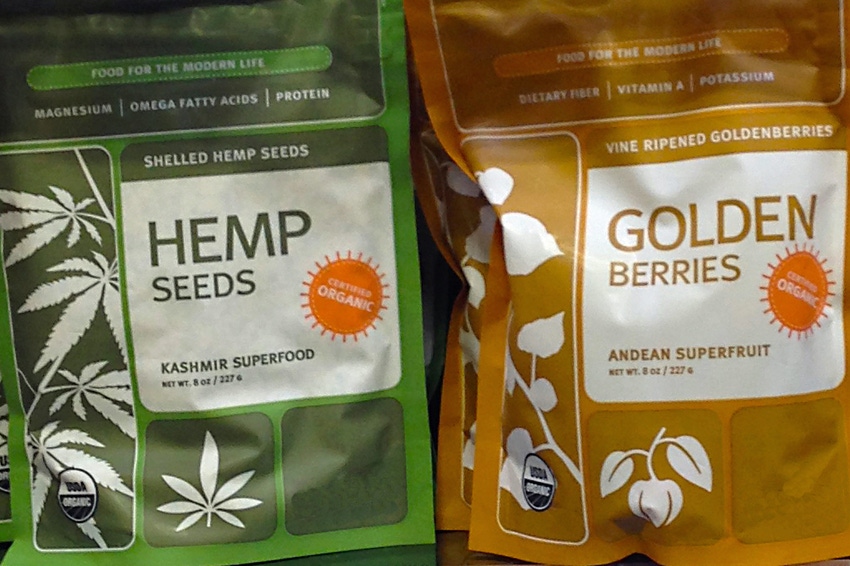The irony of flexible pouches
April 9, 2015

Pouches are under attack from some in the environmental community. Eco-Insights blogger Robert Lilienfeld reminds us of the importance of remaining flexible.
Take a walk through your local Whole Foods, Sprouts, Vitamin Cottage or Trader Joe’s. What do such earth friendly, nutritious foods as organic gluten-free muffin mix, hemp and chia seeds, golden berries, kale and bean chips, responsibly caught tuna, organic granola, free range chicken and organic baby foods have in common?
They’re all packaged in flexible pouches.
Yes, those same multi-material pouches that environmental groups lambast Kraft for using to package its Capri Sun beverages.
Ironic, isn’t it, that a major food producer is given so much grief for packaging that has become a staple among companies whose value propositions are based on providing a highly educated, affluent and environmentally concerned clientele with wholesome, organic, responsibly grown and therefore sustainable foods?
Why would these environmentally sensitive companies use the same type of flexible packaging that Kraft is being criticized for using? Let’s consider a simple example.
I purchased two 5-oz containers of tuna. One was a steel can with paper wrapper, the other a flexible pouch (foil/LDPE laminate). I emptied the containers (and made tuna salad), cleaned them and weighed them. Then, I gave credit for recycling, based on the latest EPA recycling numbers: 71% for the steel can and 0% for the pouch. The result is net discards, or, more commonly, the stuff headed to a landfill.
The finding? Even with 0% recycling, the pouch produced about 30% fewer discards by weight than did the can. So, once you do the math, you can’t blame pouches for creating too much waste simply because they’re not recyclable. Maybe these New Age food companies are on to something!
By the way, the real issue here isn’t which is the better package. That’s for consumers to decide, as each of these containers has its end-user and end-of-life strengths and weaknesses.
The real question is whether or not each of these containers conserves economic and environmental resources by efficiently protecting the product inside, thus ensuring that 100% of that product can be consumed as expected.
Ironically, I bet that the answer for both of these packages is “yes.”
What do you think? Please comment below.
Missed one of Bob's blogs? Read them here.
Robert (Bob) Lilienfeld has been involved with the concept of sustainable packaging for more than 20 years. He is currently editor of The ULS (Use Less Stuff) Report, a marketing and communications consultant to AMERIPEN and other organizations, and is a professional photographer.
About the Author(s)
You May Also Like




